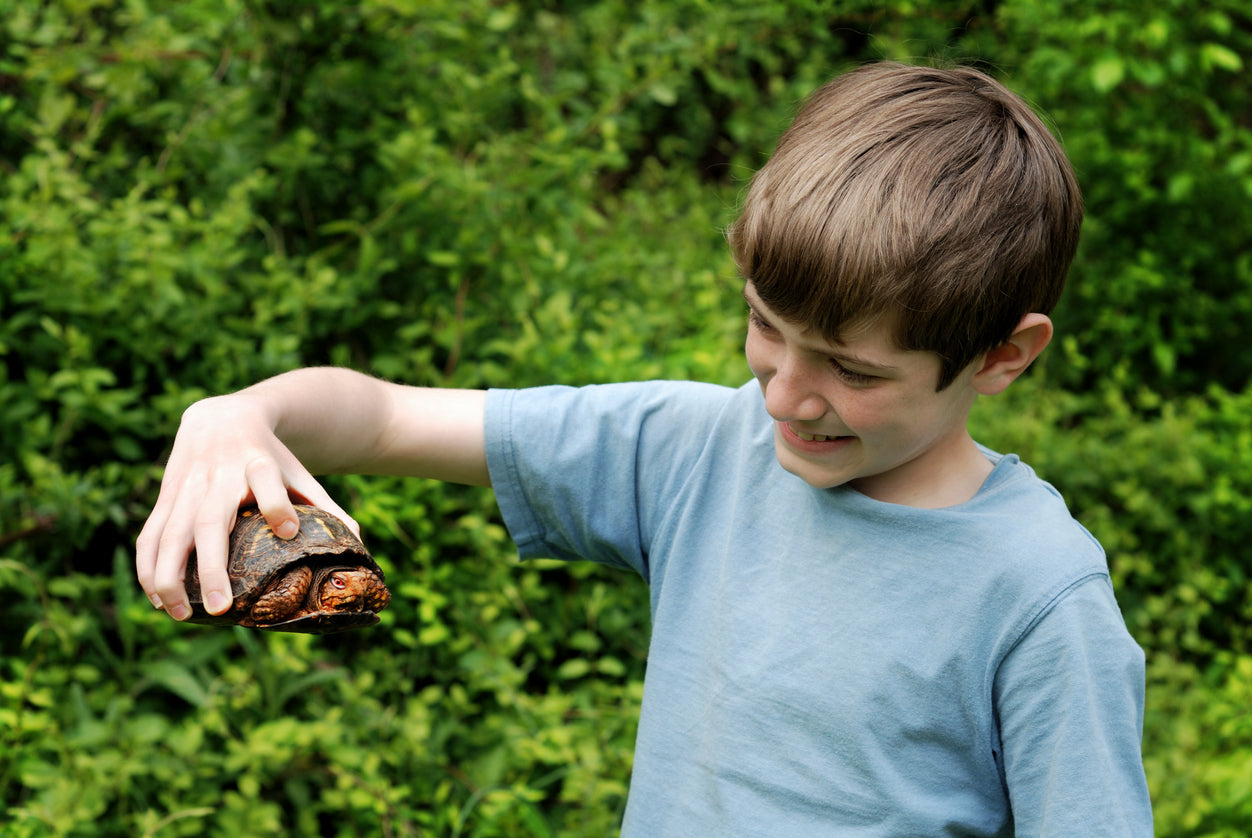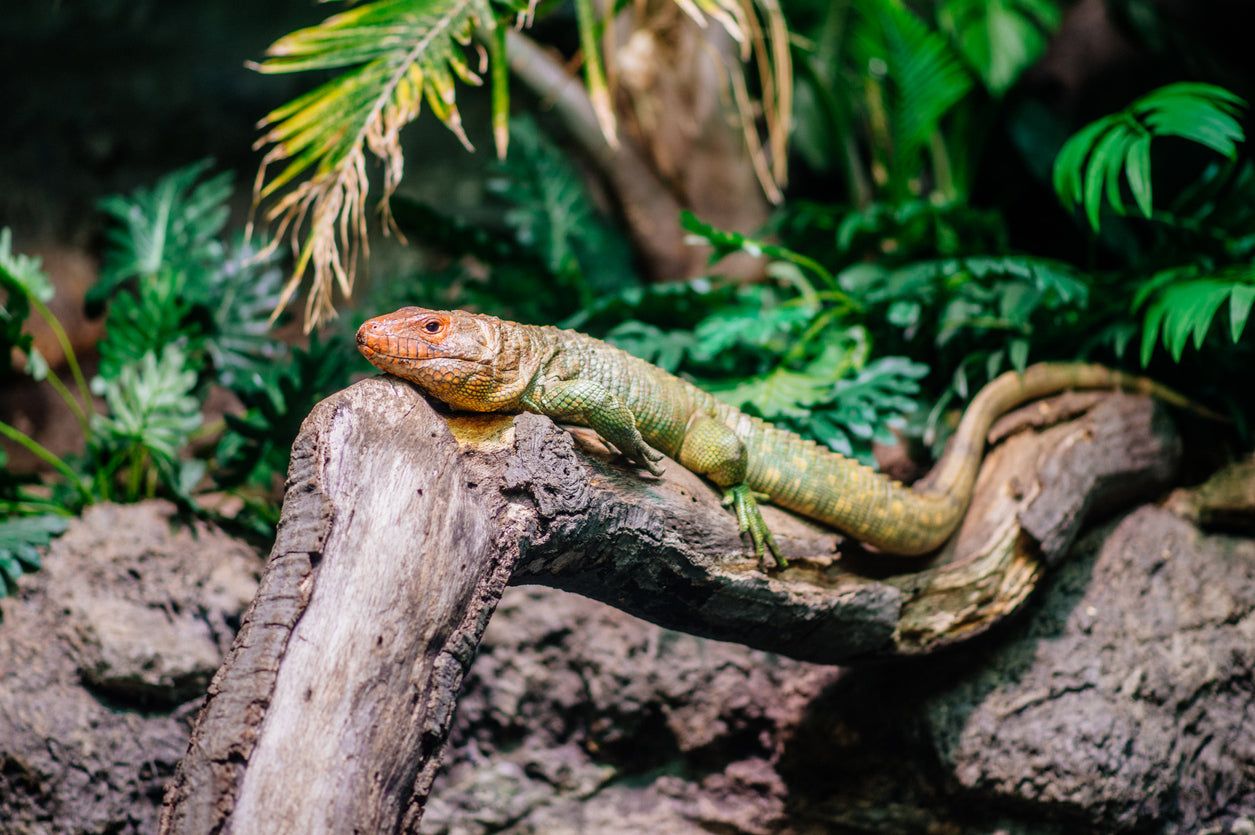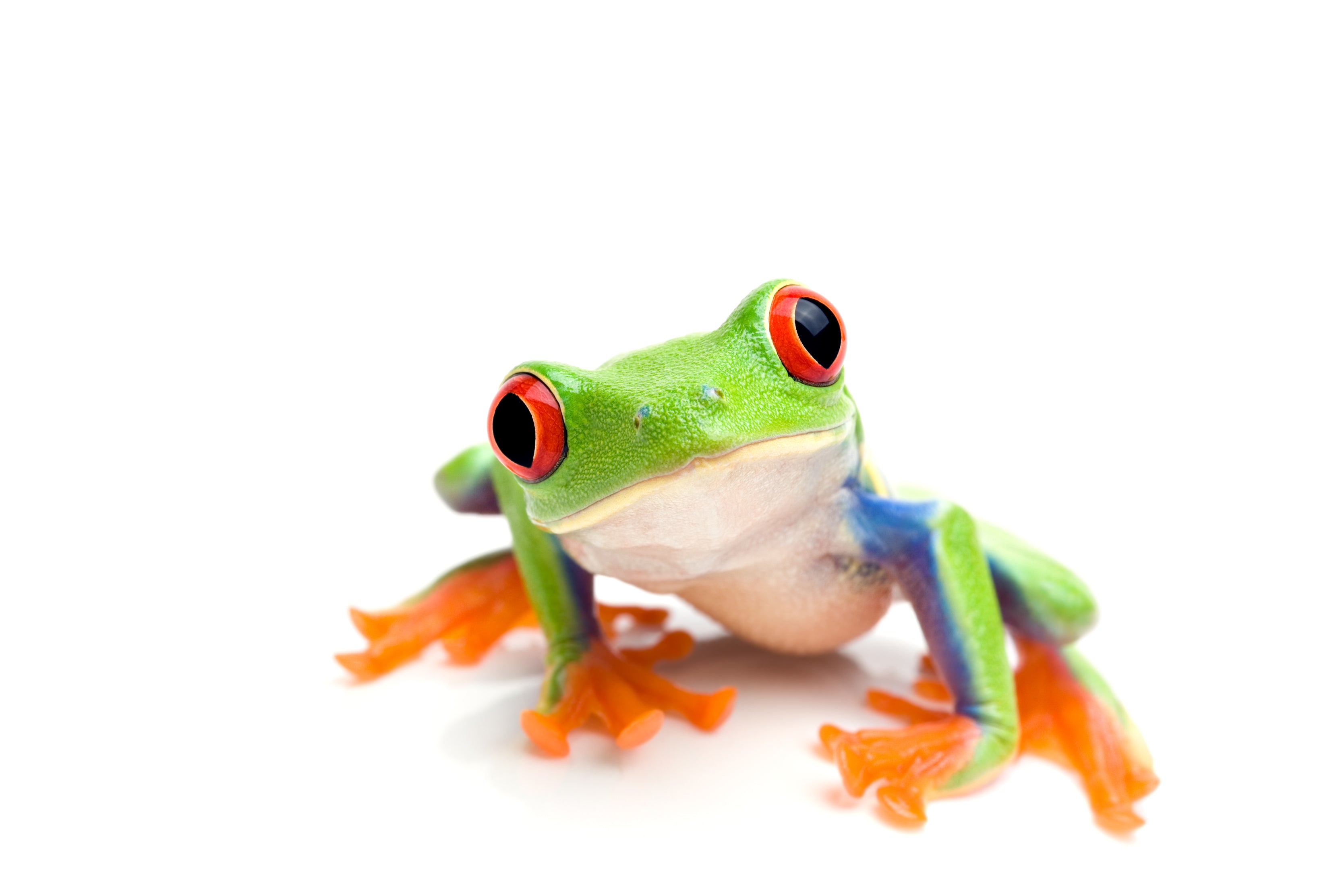One of the joys of the warmer months is that you get to see many wild reptiles and amphibians coming out to enjoy the sunshine. In spring, they emerge from brumation to look for mates, find food, and re-establish their territories. When you come across these amazing animals in the wild, it’s often tempting to bring one home with you. However, it’s important to resist that temptation.
There are a lot of reasons why you should not bring a wild animal home:
Wild animals do best in their natural habitat
There is no doubt that you would love your new wild-caught friend and do your best to give it a healthy, happy life, but you cannot change the fact that they are wild and accustomed to living that way. Capturing them stresses them out and can decrease their quality of life and longevity in captivity. Animals born in captivity are better suited to the captive lifestyle and more likely to thrive.
Wild animals are more stressed in captivity
Since they have grown up in the wild, they will not be used to your presence, and they will view you as a predator and will be very stressed out by your presence. Even if you do manage to provide appropriate care, your presence would remain a source of anxiety and stress. Both reptiles/amphibians do not react to stress well; having that constant source of anxiety for them can cause serious health problems and even death.

You’re less prepared
When you decide to get a pet, the usual process involves researching the animal’s needs and preparing a perfect enclosure before bringing the animal home. Capturing a reptile from the wild is usually done on impulse, with no preparation, and possibly no idea of what it needs to survive. As a result, you could end up giving them a lower quality of life with you than they would have had in their natural habitat.
Wild animals are more likely to carry disease
Chances are that if you’re interested in picking up a wild reptile or amphibian, you’re already a herp enthusiast and have others in your home. Nature is not as clean as a captive environment, and bringing in a wild animal could introduce all sorts of nasty parasites and diseases to your other pets. You would have to observe very strict quarantine protocol for the new addition to keep your other pets safe.
Even if you don’t have other herps in your care, a wild-caught reptile is likely to need more veterinary care than one that is captive-bred. That can make your “free” reptile or amphibian suddenly quite expensive. Furthermore, the stress of being taken from their home is enough to lower a herp’s immune system, which is likely to make them fall seriously ill.
Collecting from the wild may be illegal
Each state has a Department Of Natural Resources (DNR), with laws pertaining to the collection and possession of different animals, including native wildlife. This particularly applies to species that are threatened or endangered. Unless you research your state’s laws before you went outside, then that animal you just picked up could be a threatened species, and taking it from its home could be illegal. Removing the reptile from their home could not only be harmful to them but could also get you into trouble with the law.
Wild collection harms ecosystems
Before removing an animal from its home, the impact that it can have on the local population and ecosystem needs to be considered. That snake or lizard you took home might be pregnant, which means that you didn’t just remove one animal from the area — you removed a whole group. Even if it’s not pregnant, you’re removing an individual from the local gene pool. You’re also removing a predator, which affects the balance of the local ecosystem. It’s better for the Earth to leave wild reptiles and amphibians in their habitats.

What if a wild reptile needs help?
Reptiles are a lot more resilient than we humans give them credit for. If you see a baby reptile outside on its own, you may assume that it needs your help, but the fact is that they’re reptiles, not mammals. They’re not helpless babies. Young reptiles are fully-formed, miniature adults from the moment they enter the world. You’re more likely to do more harm to a baby reptile by attempting to “help” it than if you just left it alone.
That being said, man-made barriers like roads can cause serious problems for local wildlife. Many turtles needlessly lose their lives while trying to cross a road, either because drivers don’t notice them or because some drivers actively try to run them over. You can help a turtle cross the road by stopping traffic with your car, then manually assisting the turtle. Very carefully grip them by the rear part of the shell that joins the top and bottom portion together and move them to a safer spot that isn’t far away. Make sure not to put yourself in danger in the process.
You can also help move a snake that is basking on the road, as they’re likely to get run over too. Never use your hands as even though you are only trying to help, the snake is not aware of that and will try to defend itself. Instead, use a snake hook, stick or other sort of long object to gently move them to safety.
It’s okay to move a reptile or amphibian to safety. It’s not okay to bring them home afterward.
If you see a reptile or amphibian with a serious injury, you can notify a local wildlife rescue and rehabilitation organization. These people are experienced with handling wild animals and know how best to help them.
What to do if you see a reptile/amphibian outside
Feel free to watch and appreciate them — there’s nothing wrong with simply observing an animal in its natural habitat! Pull up a chair, take a picture, maybe one will even come and say hello! Just don’t take them home, they will appreciate you more for letting them be.





Leave a comment
All comments are moderated before being published.
This site is protected by hCaptcha and the hCaptcha Privacy Policy and Terms of Service apply.